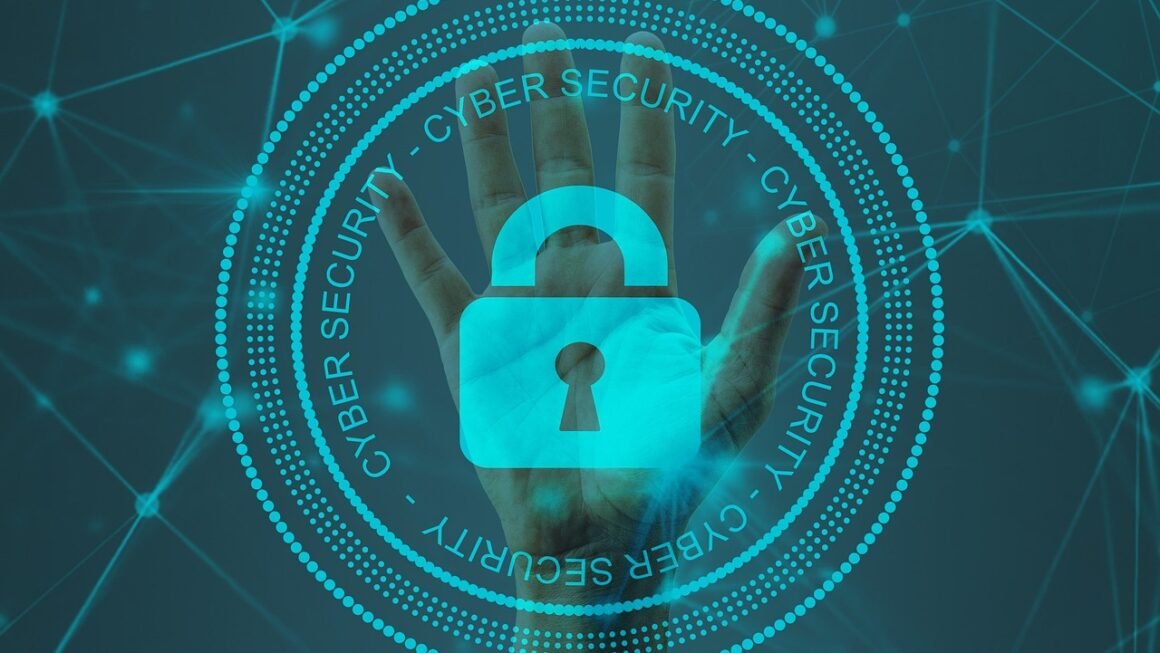In today’s interconnected digital landscape, keeping your software and systems up-to-date is more than just a good practice; it’s a crucial defense against ever-evolving cyber threats. Patch management, the process of distributing and applying updates (patches) to software, is a foundational element of any robust cybersecurity strategy. Neglecting this seemingly mundane task can leave your organization vulnerable to exploits, data breaches, and significant financial losses. This blog post will delve into the importance of patch management, its key components, and best practices to help you secure your digital assets.
Understanding Patch Management
What is a Patch?
A patch is a software update designed to address vulnerabilities, fix bugs, improve functionality, or enhance security within an existing program or system. Think of it as a digital bandage that repairs weaknesses before they can be exploited. These vulnerabilities can be discovered by software vendors, security researchers, or even malicious actors. The goal of a patch is to close these loopholes and prevent unauthorized access or malicious activity.
Why is Patch Management Important?
Patch management is critical for several reasons:
- Security: Patches often address known vulnerabilities. Applying them promptly helps prevent attackers from exploiting these weaknesses. The 2017 Equifax data breach, which exposed the personal information of over 147 million people, was caused by a failure to patch a known vulnerability in Apache Struts.
- Compliance: Many regulatory frameworks (e.g., GDPR, HIPAA, PCI DSS) require organizations to maintain secure systems, which includes timely patch application. Failure to comply can result in hefty fines.
- Stability: Patches can fix bugs that cause software crashes, performance issues, or other instabilities. Applying them ensures smooth and reliable operation.
- Functionality: Some patches introduce new features, improve existing functionality, or enhance the user experience. Staying up-to-date can help you take advantage of the latest improvements.
- Reduced Downtime: Proactively patching systems can prevent security incidents that lead to downtime, such as ransomware attacks.
The Patch Management Process
A typical patch management process involves the following steps:
Implementing a Patch Management Strategy
Develop a Policy
A well-defined patch management policy is essential for a successful program. The policy should outline:
- Roles and Responsibilities: Clearly define who is responsible for each stage of the patch management process.
- Patching Frequency: Establish a schedule for applying patches. Consider the severity of the vulnerabilities and the potential impact of delaying patching. A general rule of thumb is to patch critical vulnerabilities within 72 hours.
- Patch Testing Procedures: Describe how patches will be tested before deployment.
- Exception Handling: Define the process for handling exceptions, such as when a patch cannot be applied due to compatibility issues.
- Communication Plan: Outline how patch information will be communicated to stakeholders.
Choose the Right Tools
Various patch management tools are available to automate and streamline the process. Consider the following factors when selecting a tool:
- Scalability: Can the tool handle the size and complexity of your environment?
- Automation: Does the tool automate tasks such as patch discovery, deployment, and verification?
- Reporting: Does the tool provide comprehensive reports on patch status and vulnerability posture?
- Integration: Does the tool integrate with your existing security tools and systems? Examples include tools like Microsoft Endpoint Manager (MEM), SolarWinds Patch Manager, and Automox.
- Cost: Does the tool fit within your budget?
Prioritize Vulnerabilities
Not all vulnerabilities are created equal. Prioritize patching based on the following factors:
- Severity: Use CVSS scores to prioritize vulnerabilities with the highest severity.
- Exploitability: Prioritize vulnerabilities that are actively being exploited in the wild.
- Asset Criticality: Focus on patching systems that are critical to your business operations. For example, prioritize patching servers that host customer data over workstations used for non-essential tasks.
Automate Patching
Automation is key to efficient and effective patch management. Automate tasks such as:
- Vulnerability Scanning: Regularly scan your environment for vulnerabilities.
- Patch Deployment: Automate the deployment of patches to systems.
- Verification: Automatically verify that patches have been successfully applied.
Use tools that provide automated patch deployment scheduling based on pre-defined policies.
Best Practices for Patch Management
Maintain an Accurate Asset Inventory
An accurate inventory of all systems and software is essential for effective patch management. This includes:
- Operating Systems: Keep track of all operating systems in your environment.
- Applications: Identify all applications installed on your systems.
- Third-Party Software: Track all third-party software, such as web browsers, PDF readers, and Java.
Use asset discovery tools to automatically scan your network and identify all devices and software.
Test Patches Thoroughly
Before deploying patches to production systems, test them in a controlled environment to identify any potential conflicts or unintended consequences. This may involve:
- Creating a test environment: Set up a test environment that mirrors your production environment.
- Testing patches on a subset of systems: Deploy patches to a small group of test systems before rolling them out to the entire environment.
- Monitoring for issues: Monitor the test systems for any issues after applying the patches.
Monitor and Report
Continuously monitor your patch management program to ensure that it’s effective. This includes:
- Tracking patch status: Monitor the status of patches to ensure that they are being applied in a timely manner.
- Generating reports: Generate reports to track patch status, identify vulnerabilities, and demonstrate compliance.
- Analyzing trends: Analyze patch data to identify trends and areas for improvement.
Educate Users
Educate users about the importance of patch management and how they can help keep systems secure. This includes:
- Encouraging users to install updates promptly: Remind users to install updates when prompted.
- Providing training on security best practices: Educate users about security best practices, such as avoiding suspicious links and attachments.
- Raising awareness of phishing scams: Warn users about phishing scams that may attempt to trick them into installing malicious software.
Addressing Common Patch Management Challenges
Patch Fatigue
Patch fatigue occurs when IT teams are overwhelmed by the sheer volume of patches they need to apply. Combat this by:
- Prioritization: Focusing on critical vulnerabilities first.
- Automation: Automating as much of the process as possible.
- Risk-Based Approach: Assessing the risk associated with each vulnerability and prioritizing patching accordingly.
Compatibility Issues
Sometimes, patches can cause compatibility issues with existing software or hardware. Mitigate this by:
- Thorough Testing: Testing patches in a controlled environment before deployment.
- Vendor Communication: Working with vendors to resolve compatibility issues.
- Rollback Plans: Having a plan in place to roll back patches if necessary.
Resource Constraints
Limited resources can make it challenging to implement and maintain a robust patch management program. Overcome this by:
- Outsourcing: Consider outsourcing patch management to a managed security service provider (MSSP).
- Focusing on Automation: Automating tasks to free up IT staff.
- Securing Budget: Demonstrating the value of patch management to secure adequate budget for tools and resources.
Conclusion
Effective patch management is a vital component of a strong cybersecurity posture. By understanding the importance of patch management, implementing a well-defined strategy, and following best practices, organizations can significantly reduce their risk of cyberattacks and data breaches. Don’t wait until a vulnerability is exploited; take proactive steps to protect your systems and data today. Neglecting patch management is like leaving the front door of your organization wide open for cybercriminals. Stay vigilant, stay updated, and stay secure.



